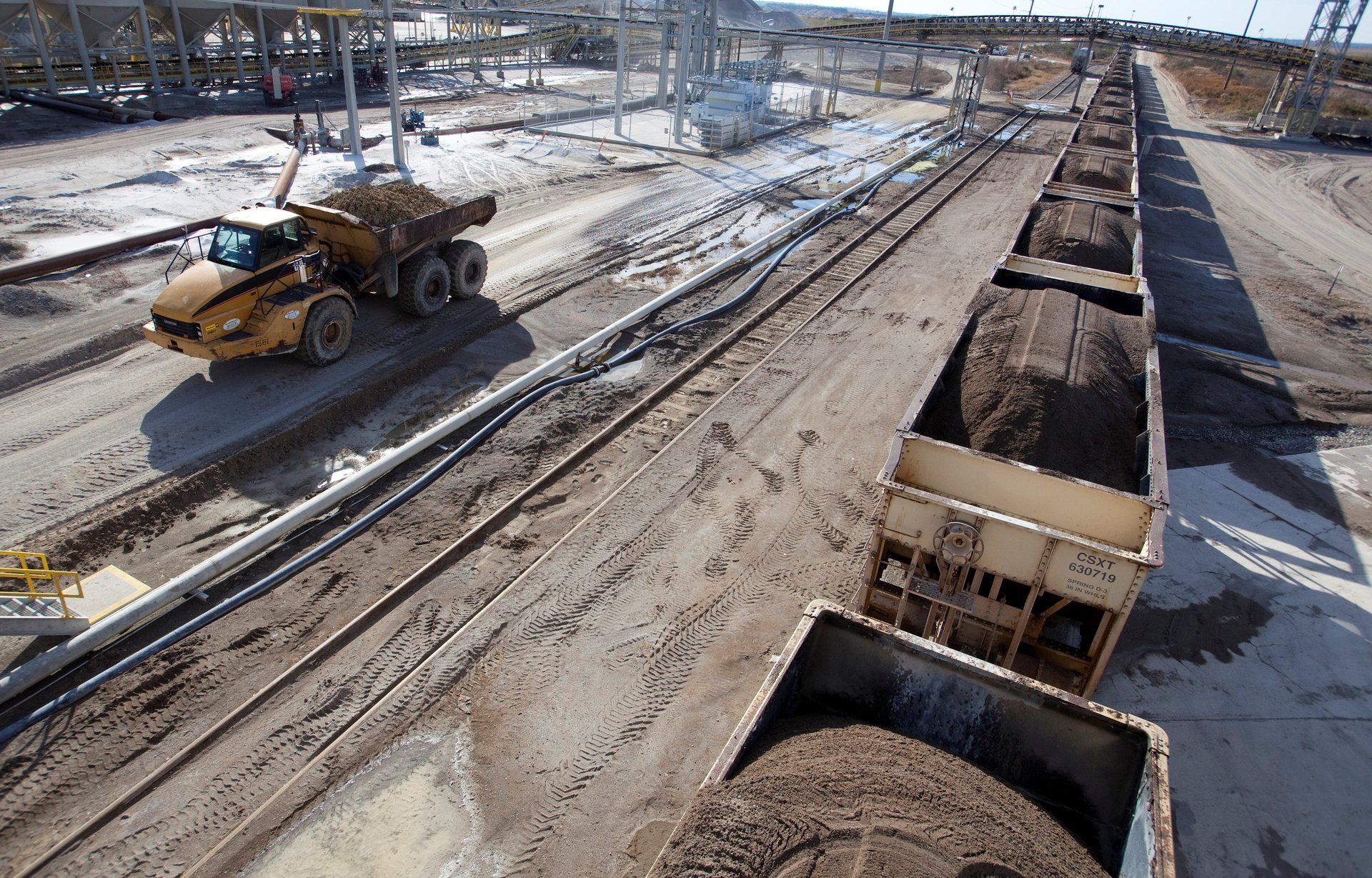Florida will allow radioactive waste in road construction
The state's decision aims to make use of uranium runoff from fertilizer production

Florida has passed a law allowing the use of phosphogypsum—a radioactive runoff from phosphorus fertilizer production containing uranium and thorium—in the construction of new roads.
Suggested Reading
The new law is the legacy of a Donald Trump–era decision by the Environmental Protection Agency (EPA) to allow phosphogypsum in construction. President Joe Biden’s administration quickly reversed that change, citing the likelihood of trace metals getting absorbed by groundwater and radioactive toxins being dispersed in the air by wind and traffic.
Related Content
HB 1191—the law first passed by the Florida state legislature in February—adds phosphogypsum to a list of “recyclable materials” that can be used in construction. The list includes waste from coal production and old car tires.
However, the bill won’t take effect until Florida’s Department of Transportation (DOT) conducts a study on the effects of using the substance in public roads. The state DOT has until April 1, 2024, to complete the study.
Florida’s phosphogypsum waste is stored in vulnerable stacks
If the plan goes ahead, the phosphogypsum waste used in construction will likely be sourced from Florida’s hundreds of stand-alone stacks—some of them hundreds of acres wide and hundreds of feet tall—containing runoff from phosphorus fertilizer production.
The stacks, which house roughly 1 billion tons (907 million metric tonnes) of radioactive waste, sit along the state’s coast, due to fertilizer production’s need for proximity to large quantities of water.
This caused problems two years ago, when excessive rainfall caused one stack to collapse into the Piney Point reservoir. The reservoir then flooded into the ocean, causing a red tide that killed about 1,600 tons of marine life and forced evacuations in nearby towns.
During Florida’s hurricane season last fall, environmental experts warned that the lack of adequate protections and structures surrounding the phosphogypsum stacks could make disasters like Piney Point more common, especially as hurricane season grows gets worse.
“The half-life of a phosphogypsum stack’s radioactive decay is 1,600 years, so this is going to be a problem for me, my kids, and their kids,” Jaclyn Lopez, an environmental law professor at Stetson University in Florida, told Bloomberg News. “With the increasing hurricane strength and frequency, it’s a real big concern for Tampa Bay.”